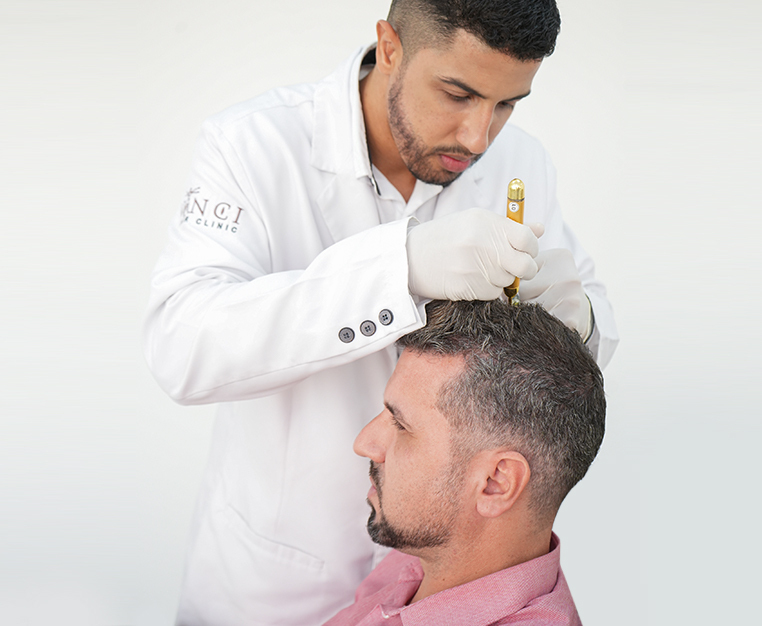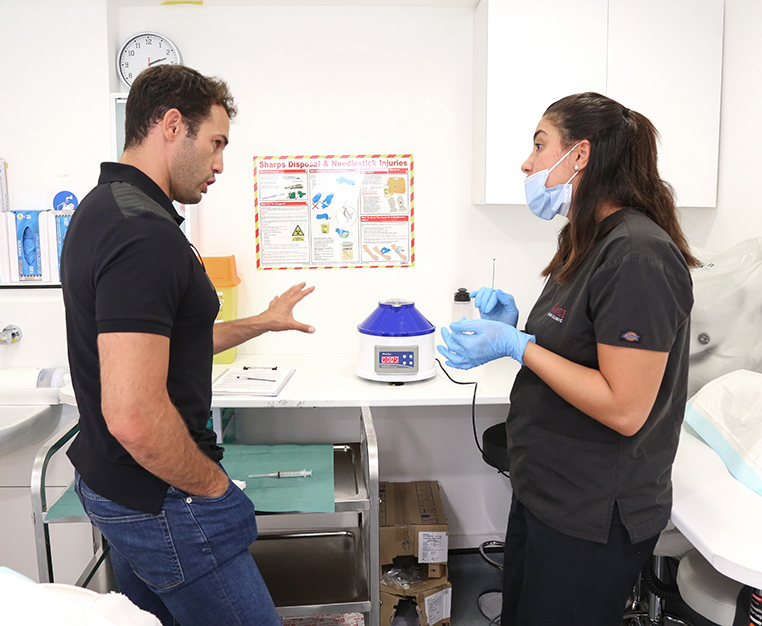Hairline Transplant
A hairline transplant is one of the most effective solutions for addressing a receding hairline, allowing you to regain a fuller, youthful hairline. Whether you’re looking to restore thinning temples or achieve a more dramatic hairline lowering, this transformative procedure is designed to bring back not just your hair but also your confidence.
Hairline transplants are particularly popular because the hairline is often the first area to show signs of male pattern baldness as shown in Hamilton-Norwood scale. Many individuals begin to notice recession at the temples, giving the hairline an “M-shape” that continues to advance without intervention. By addressing hair loss early, a hairline transplant can restore the natural frame of your face, enhancing both your appearance and self-esteem.
In the following sections, we’ll explore the different types of hairline restoration options, the procedure, and how you can maximise your results with Vinci Hair Clinic’s expert care.

Temple Restoration and Hair line lowering
Hair loss doesn’t follow a universal pattern. While tools like the Hamilton-Norwood scale offer a framework for classifying male pattern baldness, the reality is that hair loss manifests differently for each individual. For some, hairline recession begins at the temples, creating an “M-shaped” hairline, while they retain the central part of their hairline. while others will experience greater loss in the front in a uniform fashion causing uniform recession
Temple restoration: focuses on rebuilding and reshaping the hairline by filling in the recessed areas around the temples. This subtle enhancement can dramatically improve the overall appearance of the hairline, restoring symmetry and balance.
Hairline lowering: is a more comprehensive procedure for individuals who want to significantly lower their hairline. This is ideal for those with a naturally high forehead or those who have experienced progressive hairline recession. Through strategically placing grafts, the hairline can be reshaped and brought down, creating a more youthful, aesthetically pleasing frame for the face.
Both temple restoration and hairline lowering can be addressed in a single procedure, allowing for a comprehensive approach to hairline enhancement. By treating both areas at once, patients benefit from a more cohesive and natural result, as the hairline can be carefully shaped to complement the individual’s facial features.
FUE Hair Transplant – What is it?
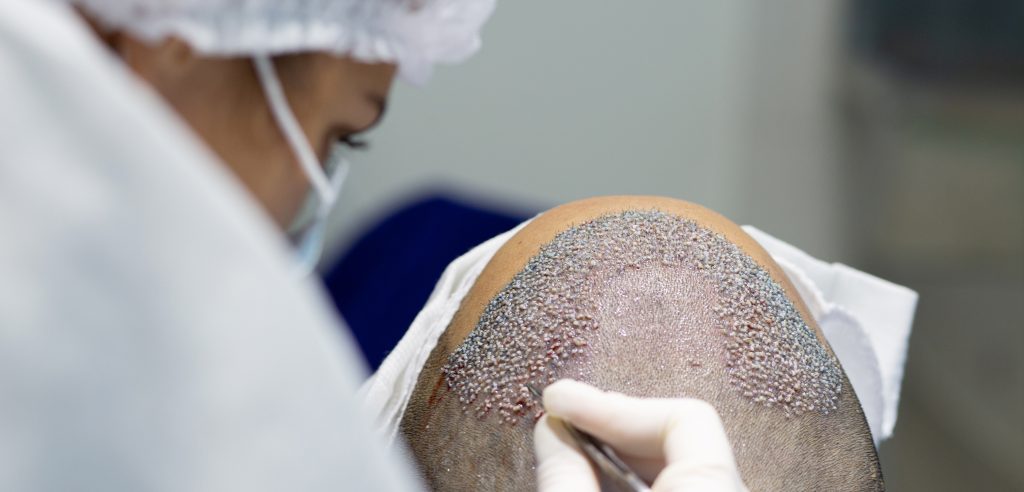
Follicular Unit Extraction (FUE) is a cutting-edge hair restoration technique that is especially effective for hairline transplants. This minimally invasive procedure is designed to effectively address receding hairlines and restore a natural appearance with minimal scarring, making it a popular choice for those looking to enhance their overall look and confidence.
In an FUE hair transplant, individual hair follicles are extracted from a donor area—typically the back or sides of the head—using a specialised instrument.
This method allows for precise removal of follicles, ensuring minimal scarring and a quicker recovery time compared to traditional hair transplant techniques.
For hairline restoration, FUE offers the advantage of creating a seamless and natural-looking hairline. Surgeons can strategically place the extracted follicles to match the patient’s existing hair pattern and desired hairline shape, whether it involves filling in the temples or lowering the overall hairline.
With FUE, patients benefit from a comfortable procedure performed under local anesthesia, making it an appealing option for those seeking to regain their confidence. The results are not only aesthetically pleasing but also long-lasting, allowing individuals to enjoy a rejuvenated appearance and renewed self-esteem.
Transplant Timeline
Understanding the timeline of a hairline transplant is crucial for setting realistic expectations. Here’s a breakdown of the typical stages involved, from your initial consultation to the recovery period:
Consultation: Your journey begins with a thorough consultation at Vinci Hair Clinic. During this session, our specialists will assess your hair loss pattern, discuss your goals, and determine if you are a suitable candidate for the procedure. You’ll receive detailed information about the FUE technique and what to expect The consultant will additionally examine your hair for potential future hair loss as this is crucial when it comes to maintaining your hair in the long term.
Pre-Procedure Preparation: Once you decide to proceed, you will receive pre-operative instructions. This will include guidelines on medication, lifestyle changes, and what to avoid in the days leading up to your surgery. Preparing adequately will help ensure the best possible outcome.
The Procedure: On the day of the transplant, you will arrive at the clinic where the procedure typically lasts between 4 to 8 hours, depending on the extent of your transplant. Local anesthesia will be administered to ensure your comfort throughout the process, there is also the option of needleless anasthesia to further reduce any pain or discomfort. Our skilled team will carefully extract follicular units from the donor area and transplant them into the predetermined hairline locations.
Post-Procedure Care: After the procedure, you will receive detailed aftercare instructions. This will cover how to care for your scalp, medications to take, and what to expect in the coming days. It’s normal to experience some swelling or redness, which should subside within a few days.
Initial Recovery: The initial recovery phase typically lasts about 7 to 14 days. During this time, you should avoid strenuous activities and protect your scalp from direct sunlight. Most patients can return to work and normal activities after a week, but it’s essential to follow your clinic’s guidelines for optimal healing.
Hair Growth Timeline: At around week 3, you may notice some shedding of the transplanted hair, which is a normal part of the process, as this sets the stage for the next hairs to grow. New hair growth usually begins around the 3 to 4-month mark, with significant improvements visible at 6 to 12 months post-procedure. Patience is key, as the full results can take up to a year to manifest.
Follow-Up Appointments: Regular follow-up visits will be scheduled to monitor your progress and ensure that your hair is growing as expected. Our team will provide ongoing support and answer any questions you may have along the way.
By understanding this timeline, you can better prepare for your hairline transplant journey and look forward to enjoying a fuller, natural-looking hairline.
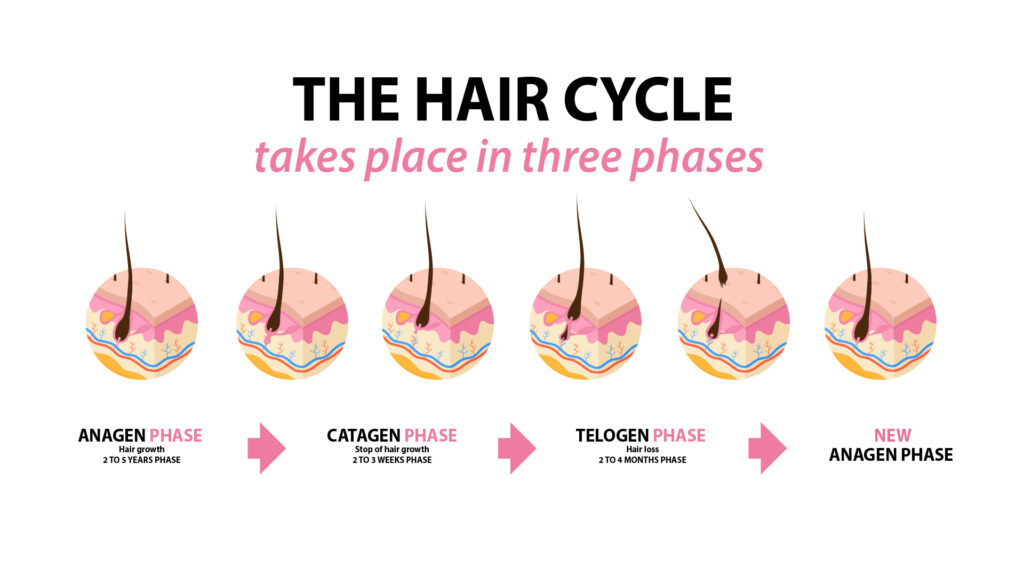
When to Expect Results
Immediate Post-Procedure: Right after your transplant, the transplanted hair will look healthy. However, it’s common for this hair to shed within the first few weeks, which is a normal part of the hair growth cycle.
3 to 4 Months: You may start to notice new hair growth during this period. Initially, the new hairs might be fine, but they will gradually thicken as they mature.
6 Months: At this stage, you should see significant improvement in hair density and coverage. The transplanted hair will appear fuller, marking a pivotal moment in your recovery.
9 to 12 Months: Most patients experience substantial results during this timeframe, with a natural-looking hairline taking shape. This is when the transformation becomes most noticeable.
12 Months and Beyond: Hair growth can continue to improve even after the one-year mark. Maintaining follow-up appointments is essential for monitoring your progress and ensuring the best outcome.
Some Before and After Results from Vinci Hair Clinic



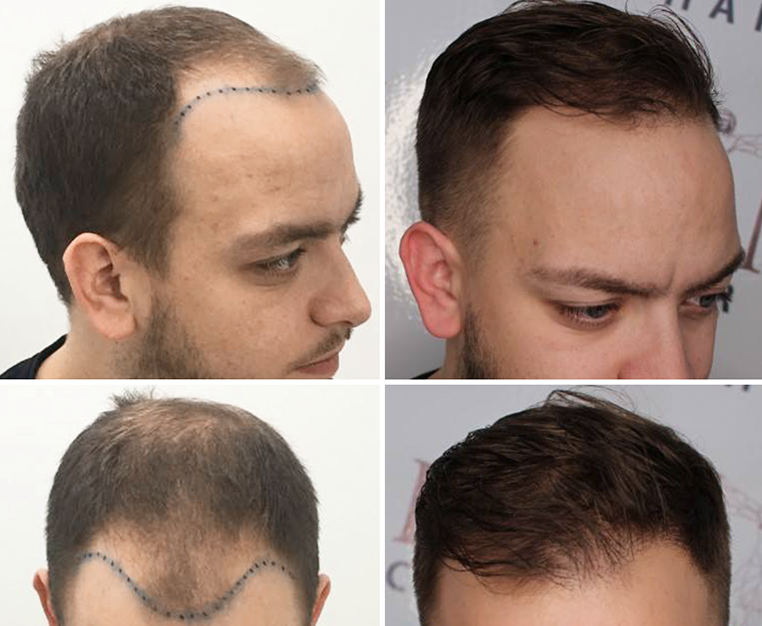
Explore more of our impressive before-and-after results on our gallery page, where you can also read testimonials from our satisfied patients.
Best Practices for Hairline Transplant Aftercare
Proper aftercare is crucial to ensure optimal healing and the best possible results following your hairline transplant. Here are some essential tips to follow:
Follow Your Surgeon’s Instructions: Always adhere to the specific guidelines provided by your surgeon, as they know your individual needs best.
Keep the Area Clean: Gently cleanse the transplanted area as instructed to avoid infection. In the first few days, use only a saline spray you will find in the Vinci Hair Clinic Post Op kit. After 3 days use a mild, non-irritating shampoo, mix it with water and gently pour over the transplanted area. After 6 days use the mild shampoo directly but avoid scrubbing.
Avoid Touching or Scratching: Resist the urge to touch, scratch, or pick at the transplant site, as this can disrupt healing and damage newly transplanted follicles.
Limit Physical Activity: For the first few weeks, avoid strenuous activities, heavy lifting, and excessive sweating to prevent strain on the scalp and keep it clean.
Sleep with Elevated Head: Use extra pillows to keep your head elevated while sleeping, which can help reduce swelling and promote better blood circulation to the scalp. We recommend an airplane pillows as the support your neck and keep it upright for added comfort and also reduce the chance of damaging the transplanted follicles in your sleep.
Stay Hydrated and Maintain a Healthy Diet: Proper hydration and nutrition can aid in healing. Focus on a balanced diet rich in vitamins and minerals that support hair growth.
Avoid Sun Exposure: Protect your scalp from direct sunlight, especially in the initial weeks. Wear a hat or use sunscreen recommended by your surgeon.
No Smoking or Alcohol: Both can hinder the healing process and affect the blood supply to the scalp, so it’s best to avoid them during recovery.
Monitor for Unusual Symptoms: Keep an eye out for excessive swelling, pain, or signs of infection. While this is extremely rare, if you notice anything concerning, contact your clinic immediately.
By following these best practices, you can support your recovery and maximise the results of your hairline transplant.
Protecting the Native Hairs
If you are experiencing ongoing hair loss, it’s essential to seek medical treatment to halt further progression. A hairline transplant is an effective solution for restoring your hairline, but addressing the underlying causes of hair loss is equally important for long-term results.
While the transplanted hair is genetically resistant to the causes of androgenic alopecia and will not fall out, the native hair that was on your scalp before the transplant could still be susceptible to further hair loss. For example if you restored your hairline with a hairline transplant, the hair in the crown is still susceptible to hair loss.
At Vinci Hair Clinic, we offer a range of medical treatments designed to prevent further hair loss and promote healthy hair growth. Options include:
PRP Therapy (Platelet-Rich Plasma): This innovative treatment uses your body’s own platelets to stimulate hair follicles, promoting growth and thickening existing hair.
Medications: FDA-approved medications, such as Minoxidil and Finasteride, can help stop hair loss and support regrowth for many patients.
Mesotherapy: This involves injections of medication into the scalp, typically with minoxidil and finasteride/dutasteride. This option is great for those worried about the side effects of finasteride but still want the DHT blocking qualities, as its applied locally the effects will only be felt on the scalp.
Nutritional Support: A balanced diet and supplements tailored to support hair health can make a significant difference in the overall condition of your hair.
Combining these treatments with your hairline transplant can enhance your results and create a fuller, healthier head of hair. Don’t wait for hair loss to progress—contact us to learn more about how we can help you maintain your hair and confidence.

Hairline Transplant with Vinci Hair Clinic
At Vinci Hair Clinic, we specialise in advanced hairline transplant techniques, ensuring a tailored approach to meet each patient’s unique needs. Our team of experienced professionals utilises state-of-the-art technology and techniques, including Follicular Unit Extraction (FUE), to provide natural-looking results with minimal scarring.
Patients choose Vinci Hair Clinic for our commitment to excellence, comprehensive consultations, and personalised care throughout the entire process. Our skilled surgeons are dedicated to achieving the best possible outcomes, helping you regain your confidence and youthful appearance.
Ready to take the next step? Schedule a consultation with us to explore how we can help you achieve your ideal hairline.

